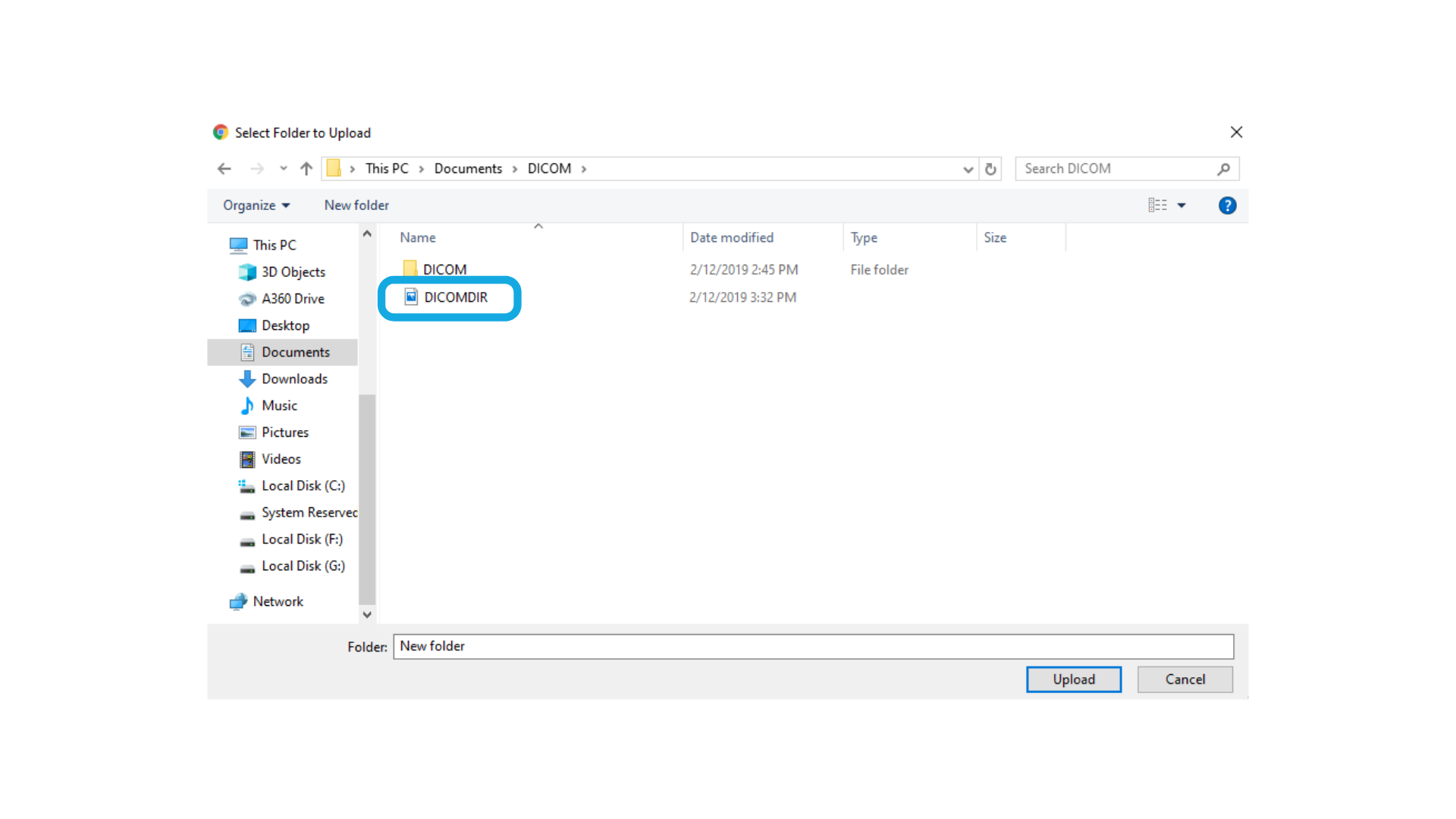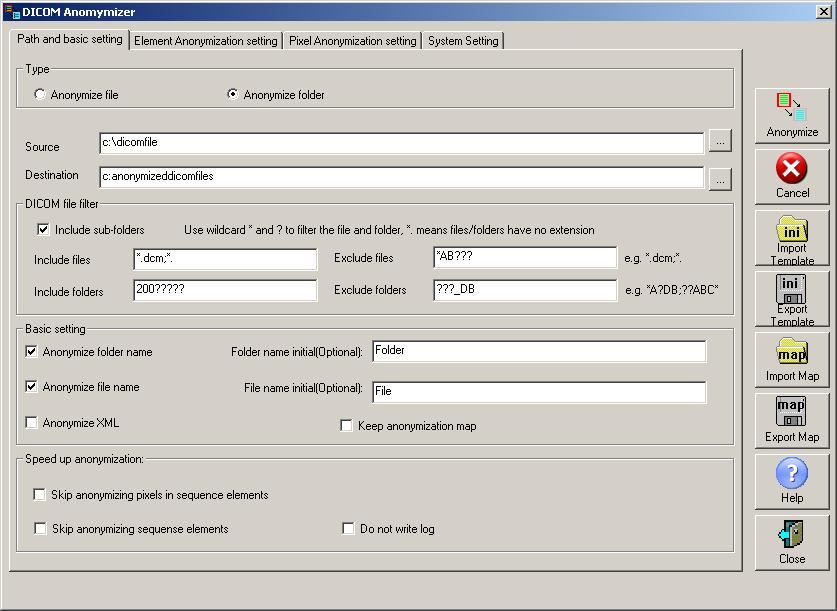

The file will contain a list of files this not necessary, but it can be used as below to make the unpacking go faster.

Where dicomdir is the directory where the dicom data reside (as found above by findsession), targetdir is where you want the individual's data to go. To do this run:ĭcmunpack -src dicomdir -targ targetdir -scanonly targetdir/ -index-out Specificially you need to know which run/series number corresponds to which acquisition. Next, you need to find out exactly what data are in the dicom directory. The actual target data for a given visit from a subject would be stored under something like /space/data/1/users/you/data-parent/yoursubject. E.g., /space/data/1/users/you/data-parent. Usually, you choose a "parent" directory under which all of the visits for a study will be stored. The first step in unpacking is to decide where you want your data to be stored. Run it with -help to get full documentation. Below we go through some simple unpacking. mri_convert can also be used to convert individual runs, whereas dcmunpack can be used to unpack any or all data from a directory.

The program that does this is dcmunpack (this is only used to unpack Siemens DICOM files). Unpacking is the process through which you convert the data from DICOM format (which is not very useful) to a format that can be used by an analysis program (e.g., bhdr, nifti, analyze, mgh, mgz). Note: if the path is in an archive numbered less than 308 (eg, on /cluster/archive/277/.), there are special instructions. To get more info, run findsession with -help. You can do more elaborate searches with findsession. cluster/archive/396/siemens/TrioTim-35162-20111116-174401-767001Īll the runs/series for your subject's visit will be in this directory. This will give you a list of all matching data sets, including paths to where each one can be found. To find your data, run the findsession command, passing it the "patient name", which is the name that you registered the subject under when scanning:


 0 kommentar(er)
0 kommentar(er)
